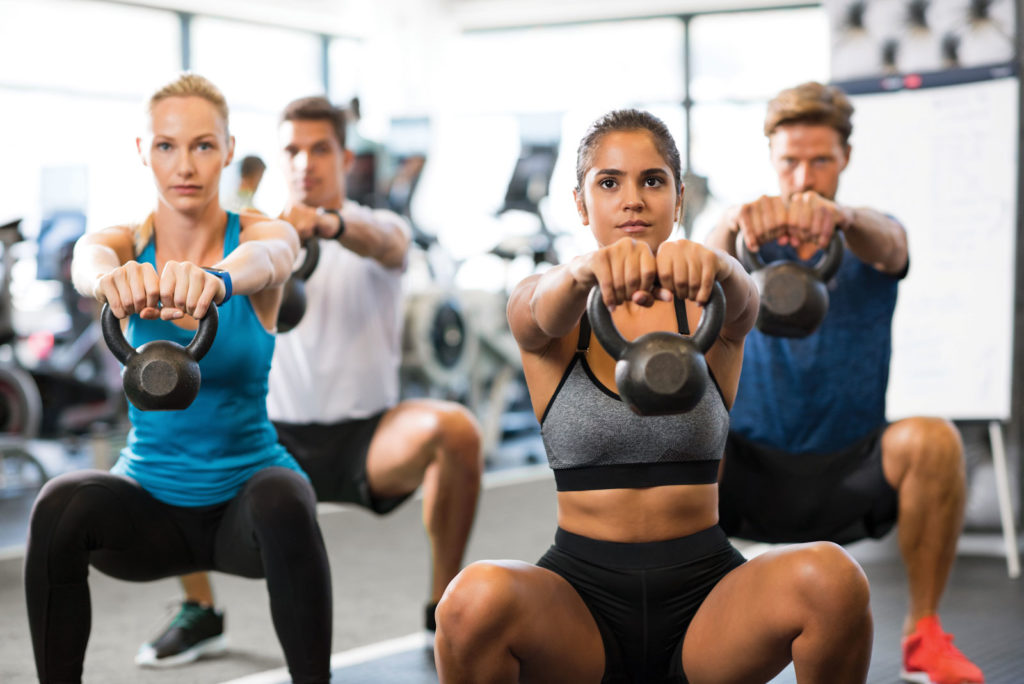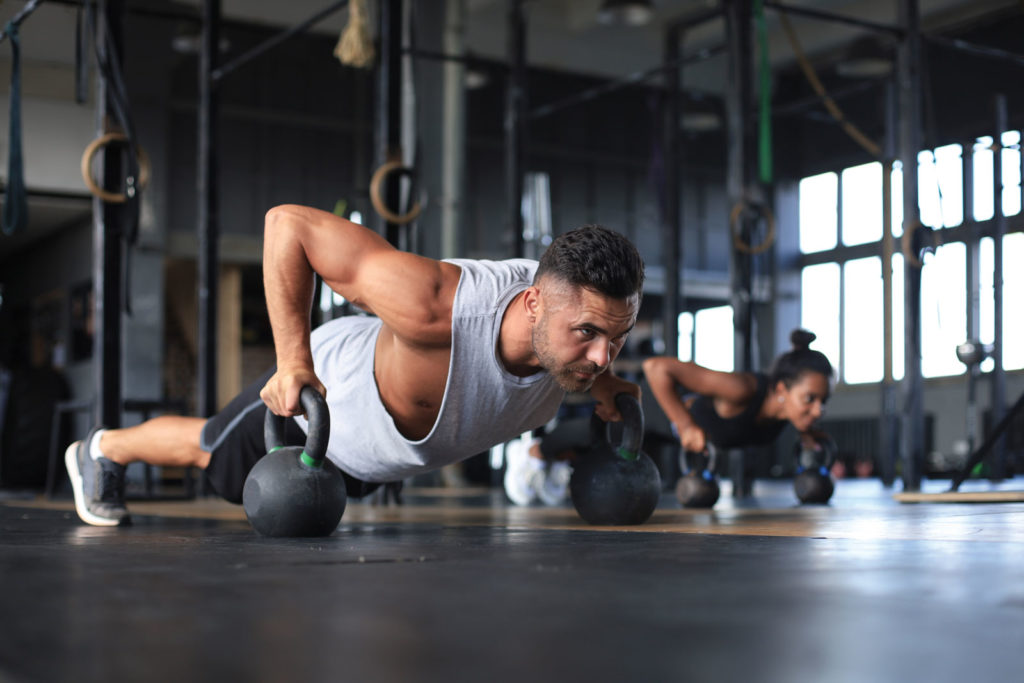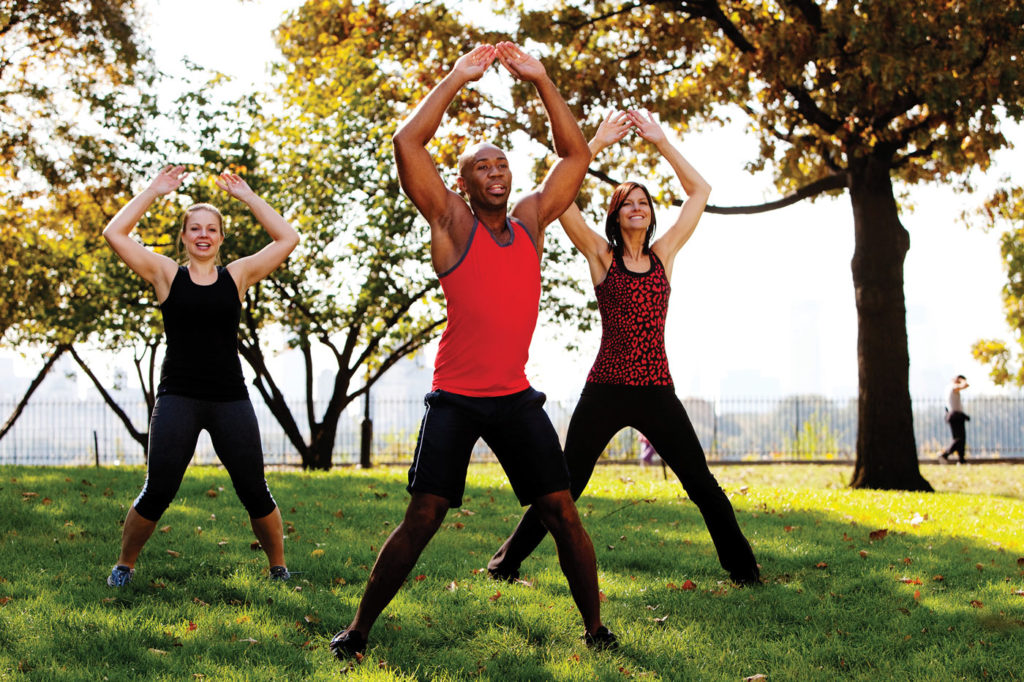Moving in the Right Direction
By Addison Dunn
Many people had big expectations for 2020, but who is to say we cannot accomplish our goals, even if just from our homes? Some of us may be completely starting over–but hey the world keeps spinning and as long as we continue to lift ourselves up, the better we will become.
So to get you in a motivated and productive mood, here are three effective at-home, body-weight workouts that require nothing but willpower. Exercise is proven to boost mood, relieve stress, increase wellbeing, and mental sharpness… what’s not to love? Throw on some sneakers and let’s get moving.

SQUATS
Squats mainly target the thighs (quadriceps and hamstrings) and the glutes. However, core strength and stability, ankle mobility, back muscles, calves, and other factors play an important role when you are doing this exercise. There are so many variations of squats, depending on what you want to strengthen, there is a squat for you.
Find a foot stance that feels best; planting your feet shoulder-width apart is a great starting point. Angling your toes slightly outwards helps, but keeping them parallel is fine, too. Tense your abs like someone is about to punch you. Look straight ahead and stand tall.
Drive-up with your chest, not with your hips nor your toes. Push through your heels then sink back into the squat pushing your bum back and out. Bending at your knees as you come down puts unnecessary strain on your knees, ligaments, and joints – don’t do this!
Here is a checklist to go through: keep your shoulders back, chest open, and your spine straight. Look straight ahead instead of looking down. Open your chest and relax your shoulders. One way to see if you are doing this correctly is by putting your hands straight out in front of you. If they fall toward your knees as you squat down, your back is rounded. Aim to get your bum parallel with your knees, so you are squatting at a 90-degree angle. Your kneecaps should be facing the same direction as your toes. Make sure your knees are not bending in; they should be directly above your feet.
Believe it or not, you can do 100 squats in a matter of minutes. As it goes with all exercises, focus on posture over speed, and if you are in pain – don’t do it.

PUSH-UPS
Push-ups work the triceps, pectoral muscles, and shoulders. When done with proper form, they can also strengthen the core and lower back by engaging the abdominal muscles. Focus on quality vs. quantity, or you may experience lower back or shoulder pain if push-ups are not executed correctly. I used to avoid push-ups due to wrist and elbow pain, but I was able to build strength in both areas, so I no longer have this issue. If push-ups are too hard on your wrists or you have a former wrist injury, consult a physical therapist before performing push-ups. They may recommend dolphin push-ups (which are done on your forearms instead of your hands) or knuckle push-ups as an alternative.
Body Position: Tilt your pelvis towards the ground (rotating your hips forward) and keep your bum squeezed tight. We want to avoid an arched back (with your butt sticking up in the air or sagging low). You want to create body tension throughout so that the push-ups are a full-body exercise when done correctly.
Arm Position: You can choose a wide or narrow grip, but make sure your wrists are in a vertical line underneath your shoulders. There are some variations of push-ups that can be an exception here, but for your classic push-up, make sure your shoulders stay above your wrists. Keep your elbows pointed towards your feet, not flared out to the sides. Elbows that point away from your body will put stress on your shoulders. By placing your arms closer to your body, your elbows will point more towards the back, creating less shoulder stress (although this is more difficult).
Range of Motion: Go all the way up and all the way down. Keep your head and hips aligned with your body as you lower close to the ground and then back to a full straight arm.
If you are new to push-ups, try sets of five throughout the day. Even if you cannot do a full set, give it a shot. When you have perfected your push-up form, try sets of ten, five times a day. This is an effective workout that takes up only a few minutes of your time.

JUMPING JACKS
The last exercise we will share is to get your heart rate up and introduce some cardio into the scheme. Jumping jacks move your body out of its normal plane of motion. By taxing the muscles in these ways, movement can become more explosive, gaining both strength and agility. This is beneficial for sports that require multidirectional movement. Jumping jacks are also a combination of aerobic exercise and resistance work. This type of exercise works your heart, lungs, glutes, quadriceps, hip flexors, abdominal, and shoulder muscles. If you have issues with lower body joints like the knee and ankle, talk to a physical therapist before starting.
Begin by standing with your legs straight and your arms to your sides. Jump up and spread your feet beyond hip-width apart while bringing your arms above your head, nearly touching. Jump again, lowering your arms and bringing your legs together. Return to your starting position. There is not a set number of repetitions you should do–only you can decide that. Can you do a set of ten? How about 100? Start off easy and see what you are capable of.
Exercising is beneficial to physical, mental, and emotional health. It is an effective way to relieve stress, improve whole-body health, and build confidence within ourselves. Let’s turn this year around and make it one of good health. Stay active, stay positive, stay healthy!

